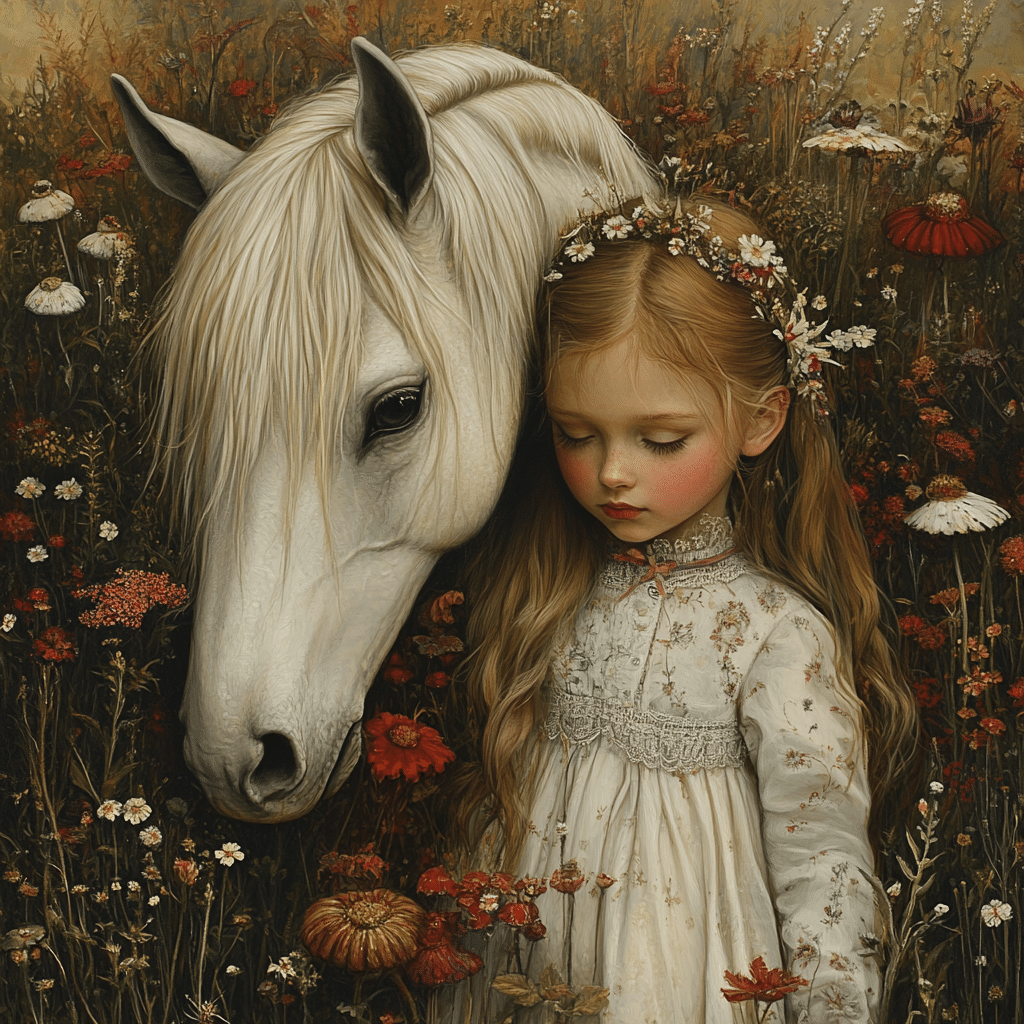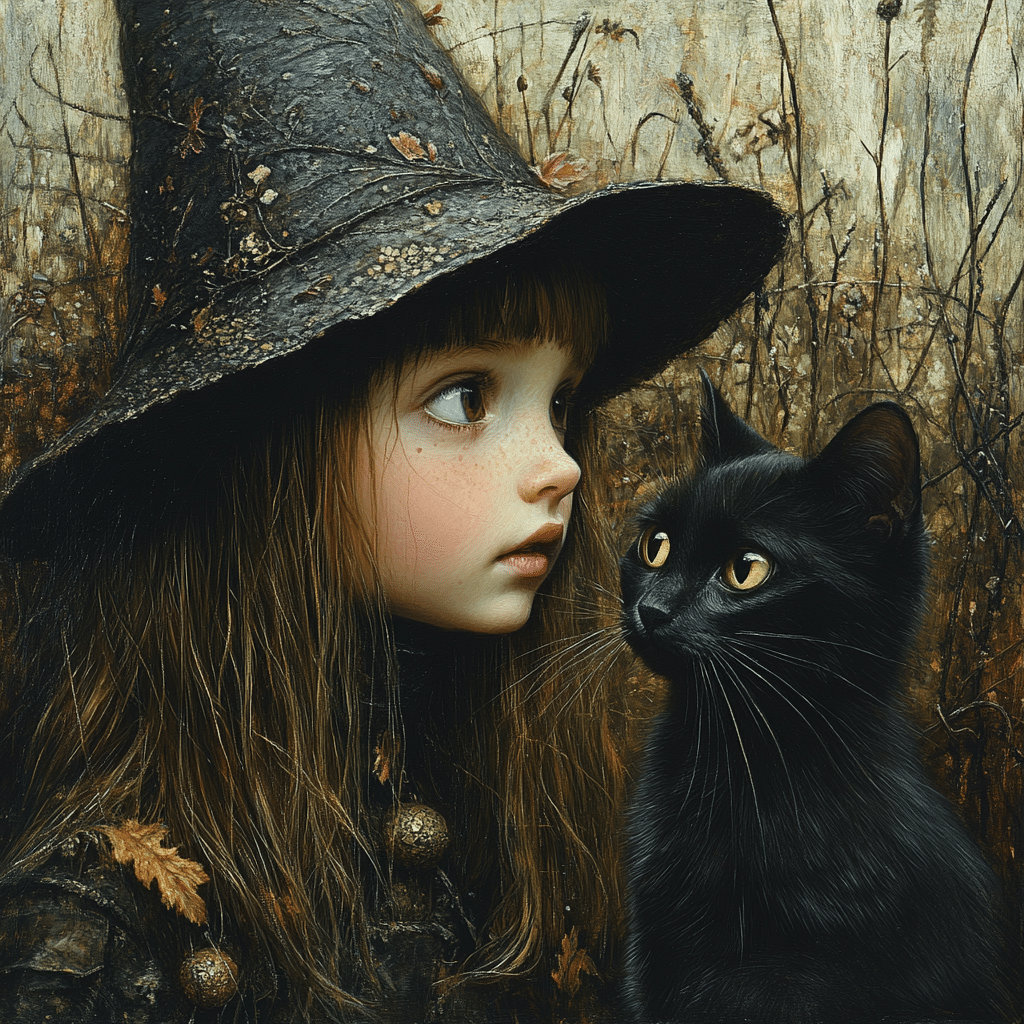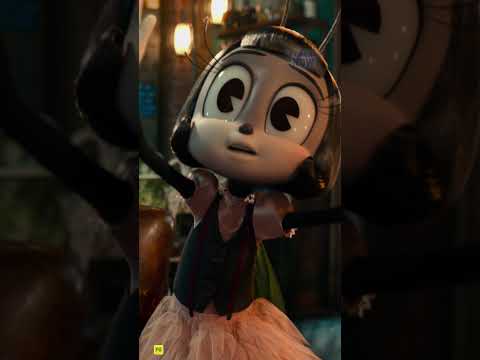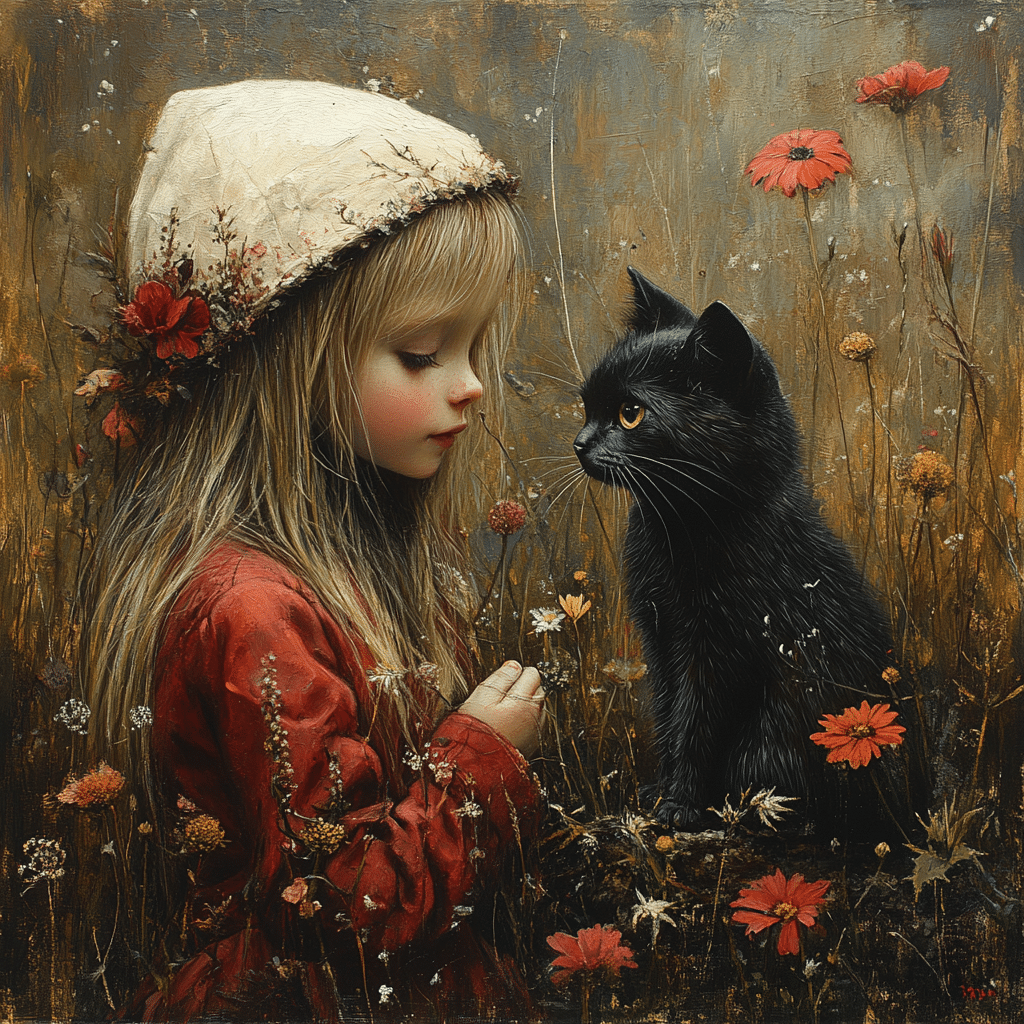
Exploring the Depths of Imaginary Friends and Their Impact on Child Development
Imaginary friends aren’t just playful figments of a child’s imagination; they hold immense psychological and developmental significance. Research reveals that around 65% of kids create imaginary friends, especially between ages 3 to 7. These fantastic companions offer a unique creative outlet, helping children navigate their emotions and social situations. As we explore the fascinating world of imaginary friends, we’ll uncover how they play essential roles in social development, emotional resilience, and even igniting creativity.
These companions help kids articulate feelings and promote emotional intelligence. When children interact with their imaginary friends, they explore various scenarios, gradually learning how to express emotions like joy, sadness, and even frustration. This emotional engagement becomes the bedrock for empathy and social skills, paving the way for stronger relationships later in life.
Imaginary friends also serve as a sandbox for creativity and social practice. As kids invent their companions, they dive into imaginative play that not only stimulates cognitive skills but also provides a safe space for rehearsing social interactions. Studies indicate that children who have imaginary partners tend to display superior social skills, often expressing greater creativity when engaging with peers. These aspects prove vital in molding well-rounded individuals.
Lastly, the act of creating and playing with imaginary friends promotes resilience and helps develop coping mechanisms in children. Whether dealing with tight situations or simply feeling lonely, these imaginary characters provide comfort and companionship. Research from institutions like the University of Cambridge shows that using imaginary companions as a lens through which to view fears can significantly bolster kids’ ability to tackle challenges head-on.

The Top 7 Benefits of Having Imaginary Friends
1. Enhancing Emotional Intelligence
Imaginary friends boost emotional awareness, helping kids articulate feelings better. Engaging with these companions allows children to learn about different emotions, such as joy, sadness, and frustration. This journey helps them develop vital skills in empathy and social situations, guiding them through the emotional maze of life.
2. Improving Social Skills
Interaction with an imaginary friend creates a safe space for kids to practice social interactions. By roleplaying scenarios, children with imaginary friends tend to show better social skills and creativity in real-life situations. These early experiences become building blocks for their futures.
3. Encouraging Creativity and Imagination
The journey of creating and interacting with imaginary friends unleashes a child’s creativity. Imaginative play is key to cognitive development, allowing kids to explore a variety of characters and adventures. This playful exploration stimulates their minds, becoming catalysts for innovative thinking.
4. Promoting Coping Mechanisms
Imaginary friends act as effective nurturers during tough times. They help kids process stress, anxiety, or feelings of loneliness. Studies show that children using imaginary friends can develop resilience when faced with significant challenges in life, giving them tools to manage adversity effectively.
5. Building Communication Skills
When children engage in conversations with their imaginary friends, they practice an array of communication skills. These dialogue-rich interactions strengthen verbal and non-verbal communication abilities in a supportive environment. This playful chatting expands their vocabulary and understanding of sentence structures.
6. Facilitating Problem-Solving Skills
Imaginary friends often provide a sounding board for kids facing moral dilemmas. Children turn to their companions for advice, helping them devise solutions to real-world problems. This practice nurtures critical thinking, encouraging kids to explore different viewpoints before making decisions.
7. Understanding Personal Identity
Imaginary friends frequently reflect aspects of a child’s identity, showcasing their deepest desires and fears. Through these interactions, children might uncover new parts of themselves, aiding personal development in their formative years.

Imaginary Friends in the Context of Locked-In Syndrome: A Unique Perspective
Exploring imaginary friends takes on a profound meaning when viewed through the lens of conditions like locked-in syndrome. As we know, this acute neurological state leaves individuals fully conscious but unable to move or communicate verbally due to paralysis. For children grappling with life-altering circumstances, imaginary friends can become vital sources of companionship and emotional support.
In these situations, imaginary companions help balance the tough realities these children face. Studies suggest that imaginative play plays a pivotal role, not only in emotional resilience but also in the creation of effective coping strategies tailored to their unique challenges. Their imaginary friends become lifelines, offering solace in places where real-world interactions may be limited or difficult.
Moreover, the act of creating these fantasy companions can spark significant developmental growth in kids dealing with disabilities. By using their fertile imaginations, they find ways to cope with their condition while also promoting self-expression. The benefits resonate throughout their lives, shaping their foundational skills in creativity and resilience.

The Connection Between Imaginary Friends and Real-world Implications
The influence of imaginary friends doesn’t fade with childhood; it often lays the groundwork for future successes. Take J.K. Rowling and Tim Burton, for example—both successful individuals who credit the imaginative play of their youth as a catalyst for their creative pursuits. Their journeys underscore how imaginary friends can foster skills that manifest in adult creativity, problem-solving, and relationship-building.
Furthermore, the bond that children form with their imaginary companions can mirror the relationships they establish with real people as they grow up. While they might seem whimsical, imaginary friends can serve as important emotional anchors, teaching kids to navigate complexities in human relationships. This foundation translates into the competency they require in adult life.
This long-lasting connection shows that the perceptive insights gained through imaginary companionship can give individuals a unique edge. By drawing from childhood creativity, they may approach problem-solving and innovation in new and unexpected ways.

A New Frontier of Understanding Childhood Companionship
Understanding imaginary friends sheds light on their significant place in a child’s development. Rather than brushing them aside as mere fantasies, it’s essential to view these companions as vital players in emotional growth and creativity. In a world that’s constantly evolving, nurturing a child’s imagination through these characters can be essential for developing resilience and adaptability.
Ultimately, encouraging this imaginative play embraces the full spectrum of a child’s experience. This process harmonizes creativity and practical skills, elements that are incredibly valuable as they transition into adulthood. The tales and experiences woven around imaginary friends shape the narratives that individuals carry into the world, influencing how they interact with others long after childhood fades into memory.
By recognizing and valuing these invisible friendships, parents can help promote a child’s emotional, social, and cognitive growth. As they encourage these magical companions, they support an enriched growth experience that nurtures creativity and emotional skills for life.
Imaginary Friends: Magical Companions of Childhood
The Wonders of Imaginary Friends
Did you know that a significant number of children—estimates suggest between 25 to 65%—create imaginary friends? These whimsical companions help kids navigate their emotional worlds, often fostering a secure attachment style that can benefit their relationships later in life. Just like a good breakfast food near me, they provide comfort and familiarity, making children’s experiences feel more manageable. They can even boost creativity, as engaging with these friends encourages storytelling and problem-solving skills.
Fun Facts About Imaginary Friends
Interestingly, imaginary friends can come in all sorts of fun forms, from fantastical creatures to human-like figures, and their traits often reflect what a child finds interesting. For example, you might encounter friends named after famous personalities like Mike Shanahan or whimsical nouns that spark intrigue, similar to how kids might find excitement in kelp. Some children even customize their companions to reflect their favorite cartoons or movies, making each friendship unique to their own interests and experiences.
The Lifespan of Imaginary Friends
Most imaginary friends tend to appear during the ages of 3 to 7, a crucial period when kids are honing social skills. As they grow, these friends usually fade away, often replaced by real-life friendships. It’s during these formative years that kids might learn about sharing and cooperation, just as they might when they find a perfect lunge exercise for their playtime. And here’s a fun tidbit: children with imaginary friends are often more empathetic and better at recognizing others’ emotions, which plays a big role in nurturing healthy relationships later on—the kind that can withstand ups and downs, much like the fluctuations seen in pop culture figures like Bianca Censori before Kanye.
Imaginary friends are not just fleeting fantasies; they’re profound portals to creativity, emotional learning, and social development. As we explore the childhood world of these magical companions, it’s easy to understand their lingering effects in shaping who we become as adults.



























